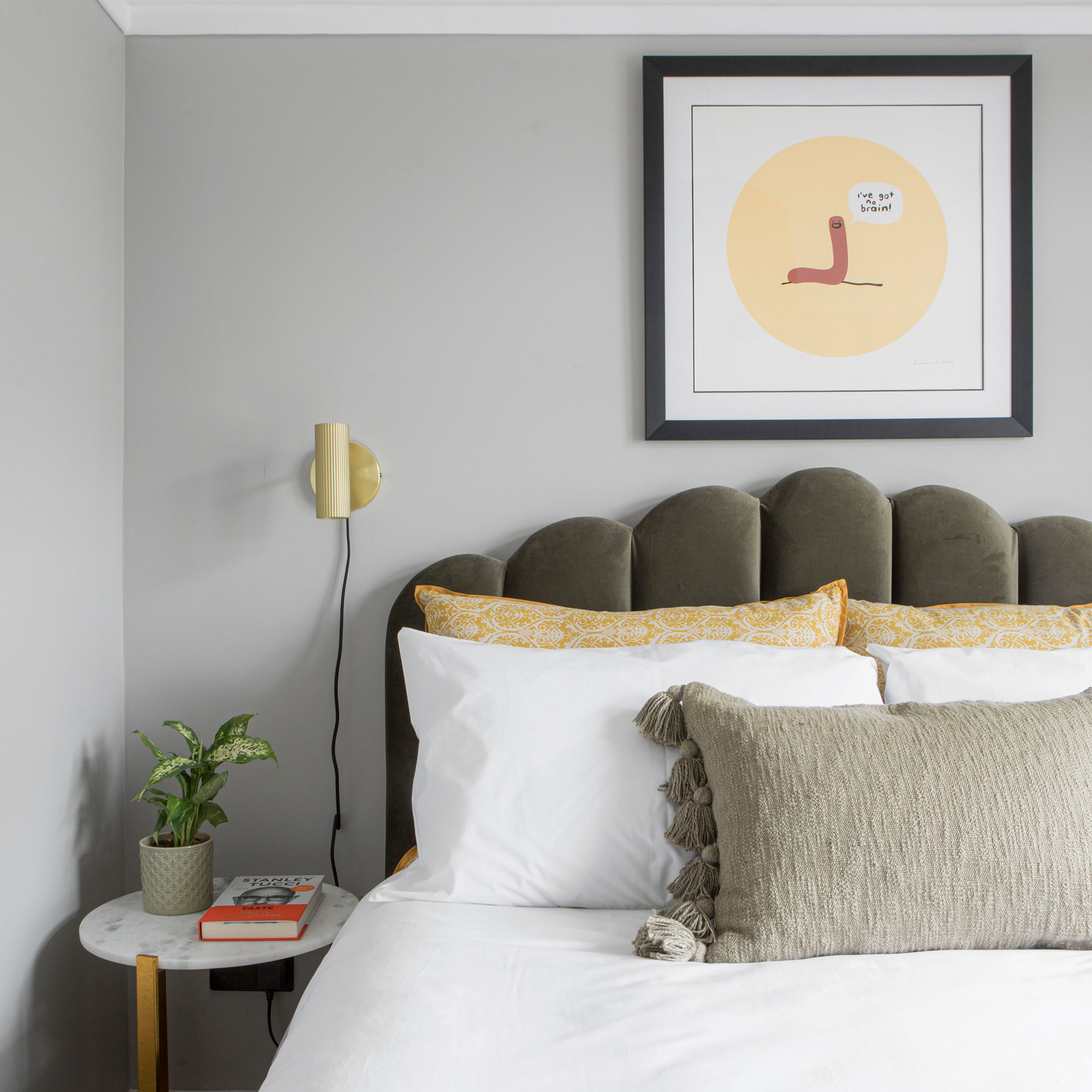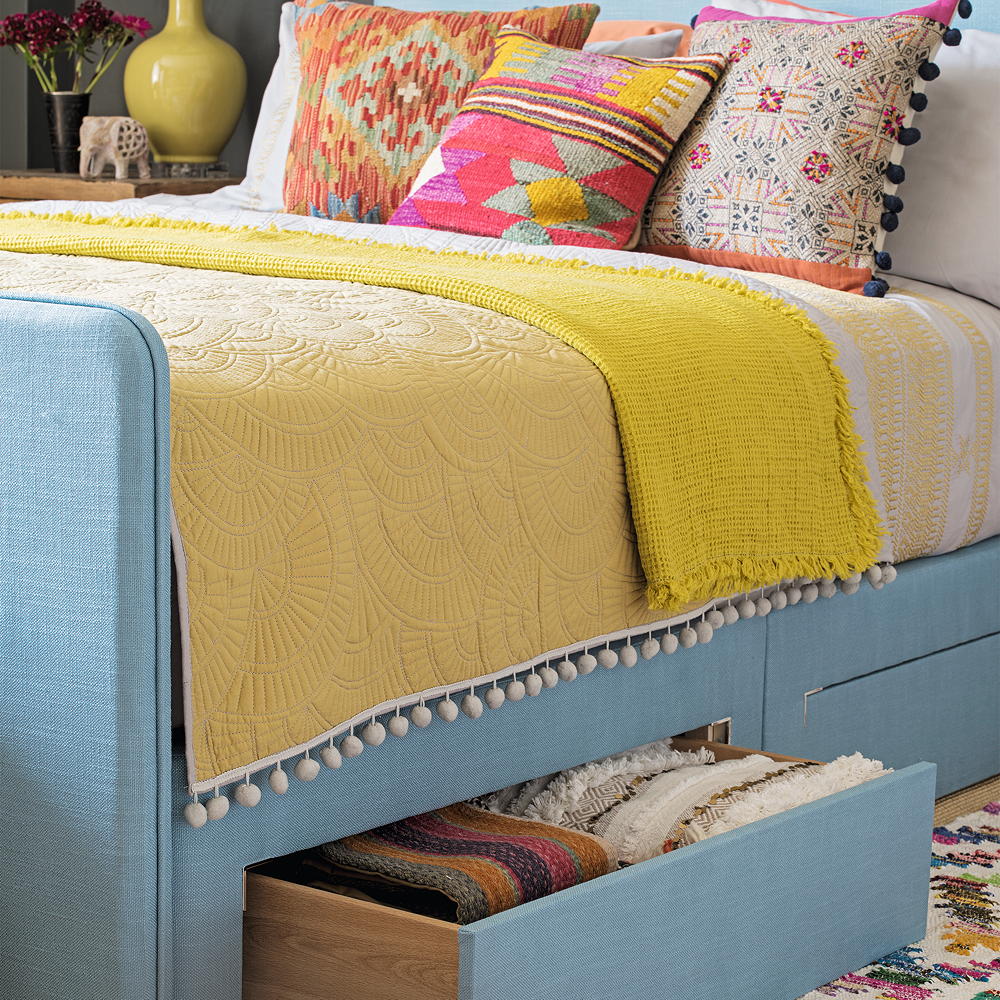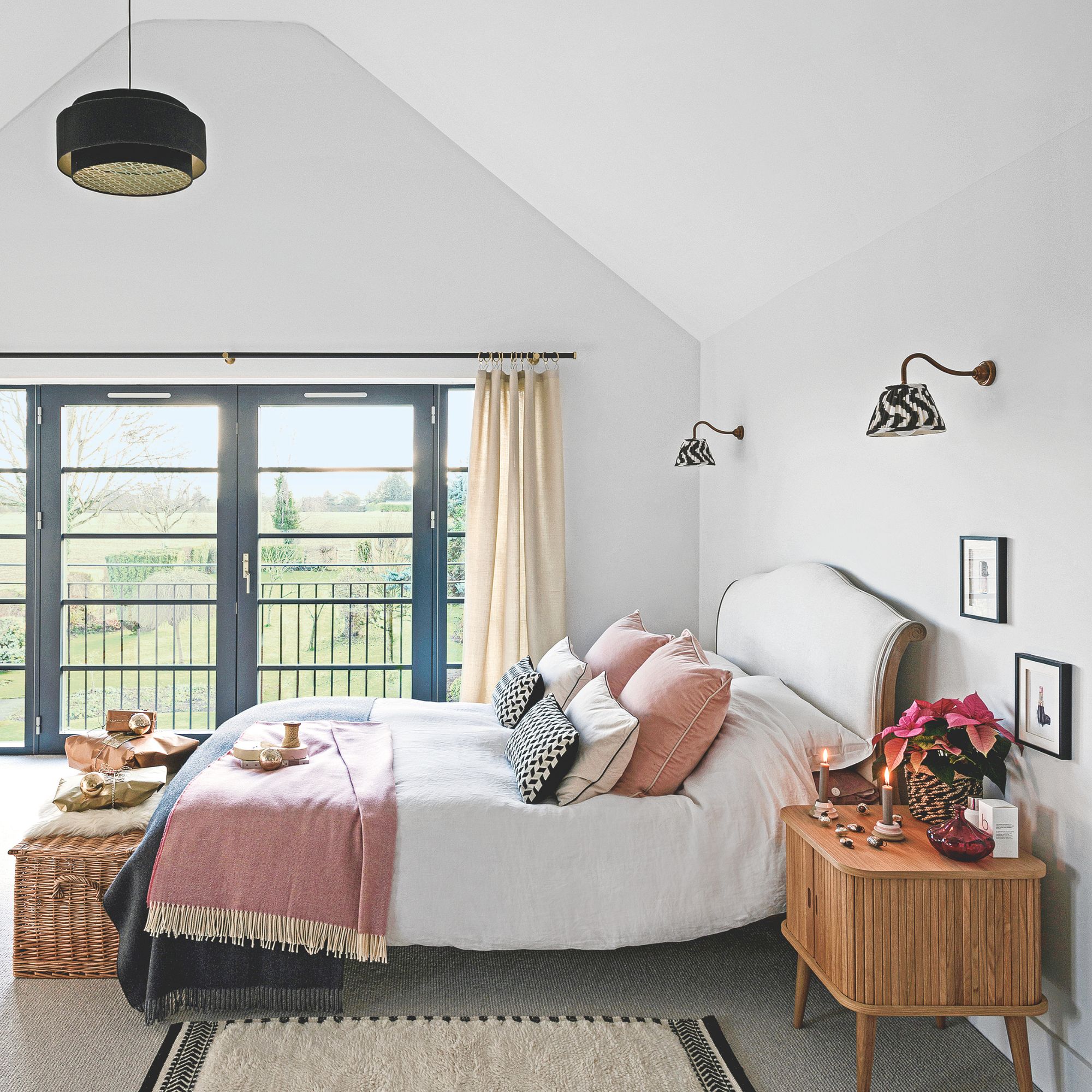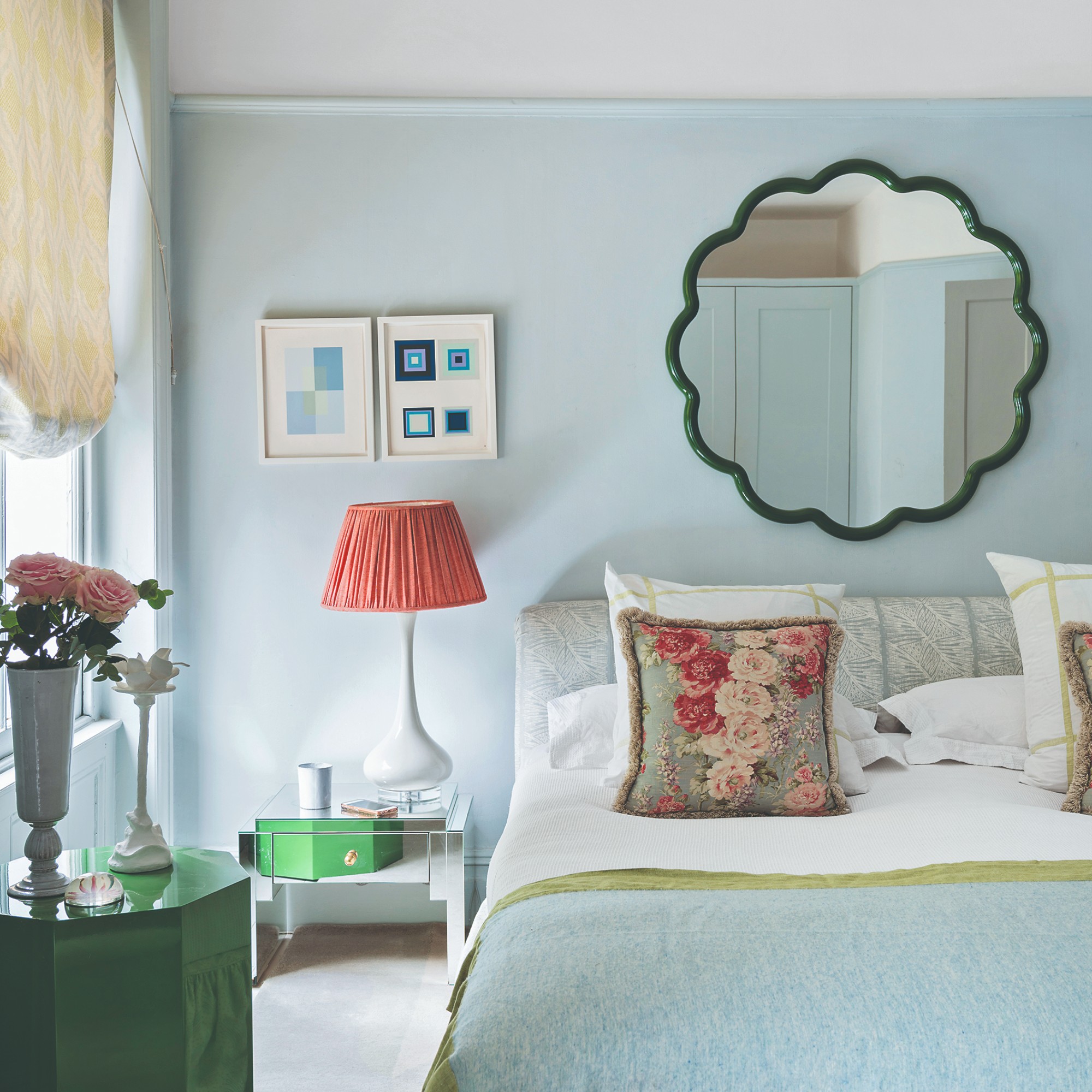
As a sleep-product reviewer, I like to think I know a lot about beds and mattresses. But that hasn’t always been the case – I’ve made mistakes in the past, and I’m here to share with you what those pitfalls are so you don’t make the same mistakes I did.
I now know where to buy a bed, what kind of bed suits me and what size bed suits me. I also know what the best mattress is for me (a Hypnos Wool Origins 6) having tested most brands’ mattresses over the last three years.
As well as all the knowledge I’ve gained, I’ve also spoken to a lot of sleep experts and industry insiders about what makes for a good bed. So if you’re buying a new bed, here’s everything I think you need to know – and what you need to avoid – before you click add to basket.
1. Buy a bed to suit your space
Your bed needs to fit into your bedroom. And while you can buy the bed for the room you want in future, not the room you currently have – be sensible. Remember to check all the doors in your room can open – including your wardrobe door – as well as drawers. Using a tape measure for accuracy is key here, rather than guessing and hoping for the best.
‘Measure the space in the bedroom to help you decide how big you can go,’ says Philippa Warford of the National Bed Federation (NBF).

2. Look at if you need extra storage
‘Consider any storage requirements – a divan base with drawers or an ottoman lift bed may be the solution,’ advises Philippa at the NBF.
‘It’s important to think about how you want your bed to function as a piece of furniture; do you want to gain storage with the bed?’ says Adam Black, co-founder at Button & Sprung.
‘This can help to narrow your search to a divan or ottoman, which will integrate your storage needs. Also think about what you want to store. Ottomans are better if you wish to store bulky or seasonal bedding and divans are better if you want to have greater ease of access to everyday items such as books or folders. If you don’t want to have storage at all within the bed then you can opt for a frame design instead.’
Considering your bedroom storage ideas is advice I wish I’d had when buying a bed. This is especially the case in our spare room. If I had my time again, I would definitely buy an ottoman bed for this space, and perhaps even as my bed too.

3. Know what kind of bed base suits you
Support doesn’t just come from your mattress. Different bed bases offer different levels of support and responsiveness. And you need to find the right level of support for you.
‘If you choose a divan base, bear in mind that a solid or platform top is firmer – but cheaper – than the more luxurious sprung edge divan or firm edge sprung divan,’ says Philippa from NBF.
‘Similarly, if you choose a slatted bed base, then rigid or solid slats will provide a firmer feel, whereas flexible slats will offer a softer feel and prolong the mattress’s lifespan, as they work in conjunction with the mattress,’ says Philippa from NBF.
4. Make sure your base is compatible with your mattress
‘It is also important to note that there are many different suppliers of slatted bases with differing specifications of slat widths and the space between each slat,’ says Philippa from NBF. ‘It is crucial therefore that your mattress is compatible with the slatted base. If not, an incompatible base will invalidate your guarantee. Check with the mattress manufacturer on their recommendations.’
If the gaps between the slats are too wide, it can cause your mattress to sag and age prematurely as the slats cause wear and tear on your mattress.

5. Supersize your bed
Take it from me – go for the biggest bed you can comfortably fit in your room and afford.
When I bought my kingsize bed it was just me and my then-boyfriend using the bed. In the intervening years, that boyfriend became a husband and we now have three kids who expect to snuggle into our bed (why would they use the three beds we bought specifically for them?!). Almost daily I wish dearly that I’d gone for a super king or emperor bed, as I try not to fall out of bed while getting kicked in the kidney by one of my children.
‘If you are sharing with a partner, a larger bed means you are less likely to disturb one another, which is one of the most common sleep complaints. Go as big as your budget and the space allows,’ agrees Philippa from NBF.
‘We always encourage customers to choose the biggest bed and mattress that the room can comfortably accommodate and which you can afford,’ adds Adam from Button & Sprung. ‘Measure the space and mark out where the bed will sit. You might find that you can choose bigger than you imagined and enjoy more room in bed.’

6. Check you can get your bed in your house or flat
If you have tight access requirements where you live, or plan to move in the near-ish future, factor that into your bed-buying mission.
‘If you are worried about getting the bed upstairs, remember most divans have split bases, while many bedsteads are delivered flat-packed for assembly in situ,’ counsels Philippa from NBF. ‘To avoid problems with delivery, you should tell the retailer about potential access problems.’
‘Always wise to check access to ensure the packaged items can be delivered to the room of choice,’ agrees Nicky Lines, Chief Product Officer at Loaf.

7. Make sure it works with the rest of your furniture
You might have loads of bedroom ideas, and your bed needs to work with your overall vision.
‘Any pieces of furniture that you'd like to work alongside the new bed also need to be considered, whether you'd go for Light Ash or Dark Oak for example,’ says Nicky from Loaf. ‘Existing colours in the room also need to be considered.’
Our favourite beds
Rattan is timeless when paired with this simple black bed frame.
This ottoman storage bed from Dusk is one of the most affordable we've come across.
This spin on a traditional storage bed have shelves and drawers hidden in the base for hiding all your things.
FAQs
How do you know if a bed is good?
You might be wondering if an expensive bed is worth it. There are ways to find out: testing in store, buying from reputable retailers or brands and reading trustworthy reviews should all be part of your journey when buying a new bed.
‘[A bed is good if] it provides all round comfort,’ says Nicky from Loaf. ‘High quality construction and craftsmanship, materials with considered details & proportions. The use of sprung slats to support the mattress is key for a great night’s sleep.’
How often should you buy a new bed?
‘The lifespan of a bed is shaped by various factors, including its quality, the level of care it receives and how frequently it is used,’ says Philippa from NBF. ‘For example, a bed that serves as your nightly sanctuary for sleep, reading, or watching TV will inevitably wear out sooner than one that is only used occasionally as a guest bed.
‘Changes in our lives — such as moving in with a partner, starting a family, becoming single, relocating, or experiencing fluctuations in weight or ageing — can also signal the need for a new bed,’ advises NBF’s Philippa.
There are clear signs when it’s time to get a new mattress, and many of these signs are the same for beds too.
If you find yourself shopping for a new bed in the Christmas and January sales, keep these tips in mind.







